Fire starting is an invaluable skill, and one of the most important ones
to master in the wilderness, especially in the Pacific Northwest. We
discuss basic and advanced methods of Firestarting in our Wilderness
Survival classes. That said, having the right gear will make
firestarting much easier.
Scouts should have at least 2 methods for starting a fire on them on all
outings.
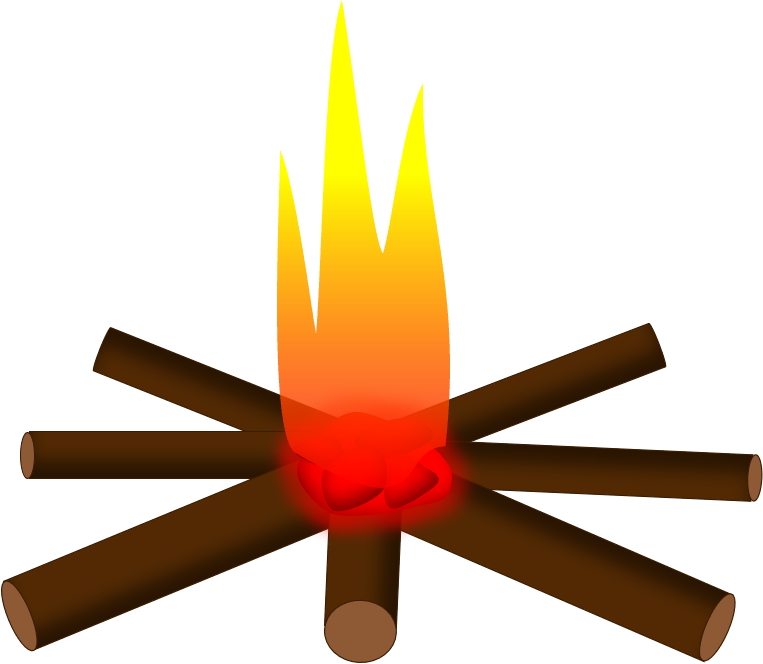
In order to start any fire, you need to create a flame. There are many ways to achieve this and a scouts should have 2 methods on them.
Butane LighterA lighter is hard to beat for starting a fire. It produces
instantaneous flame and can be used to start many fires.
|
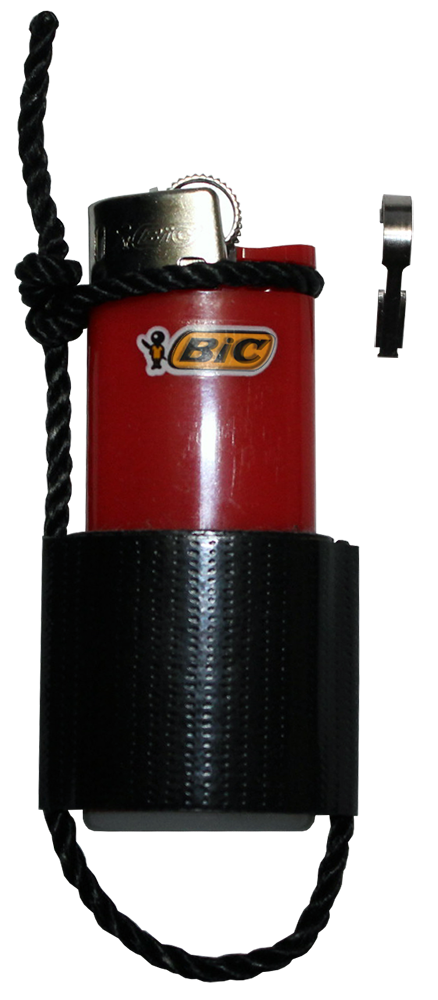 Bic Lighter with DuctTape |
Stormproof MatchesQuality windproof matches are hard to beat.
|
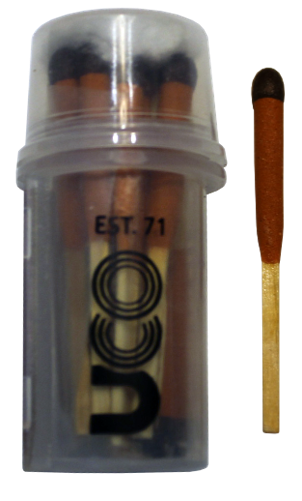 UCO Stormmatches |
FerrorodA ferrocerium rod is a classic way for starting a fire with a
spark. It takes a good amount of skill and practice to
master. And once learned, a ferrorod can be used to start a
1000 fires.
|
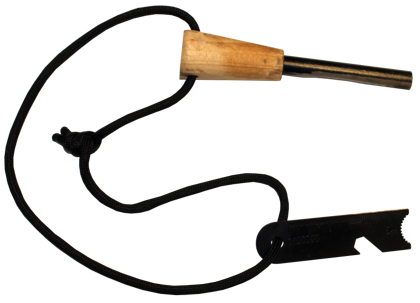 Ferrorod with Striker |
Magnesium BarMagnesium burns at around 4000°F and is easily ignited with a
spark from a ferrorod. This is a favorite survival tool used
by the US military as it works well in many environments and is
durable and waterproof.
|
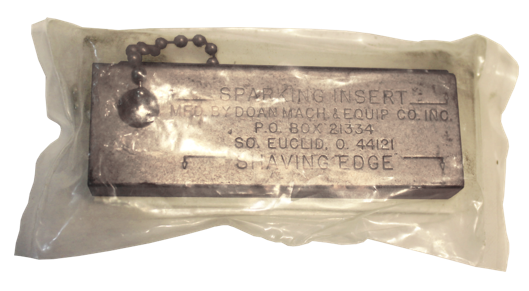 Doan Magnesium Bar |
Mini SparkerThis is a favorite for ultralight hikers and has been included in
many military survival kits. A Mini Sparker is a good
minimalist/aviation option, but requires special tinder or
advanced firestarting skills.
|
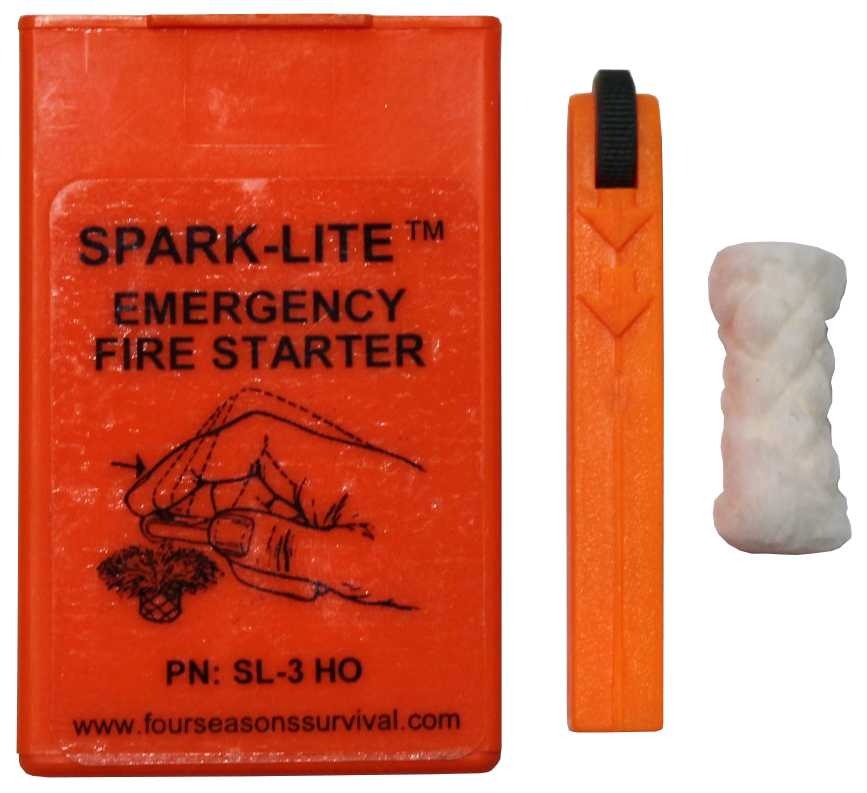 Sparker |
Other Fire StartersThere are many other fire starting tools available, and we discuss use of these in our Wilderness Survival Classes. Other systems are not listed as they may not be practical for various reasons:
|
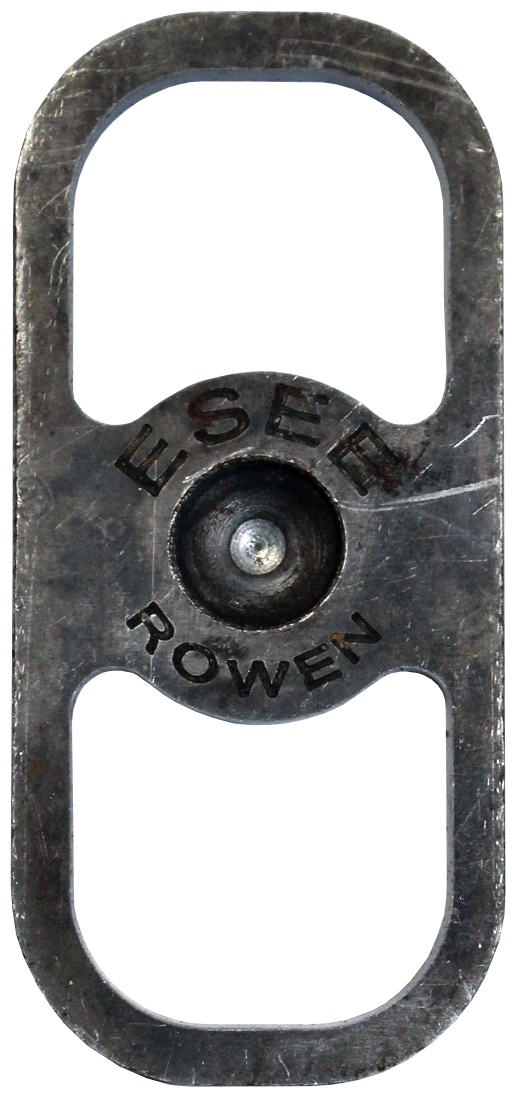 Steel Striker |
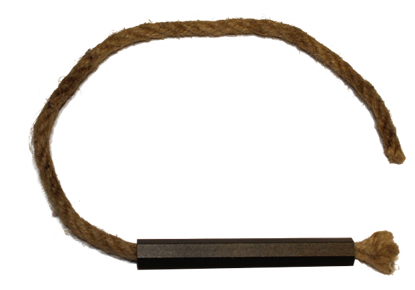
Tinder Rope
Tinder and fuel is needed to get a fire going. We show scouts how
to make natural tinder, but this can be challenging when it is wet out.
Scouts should have at least one of these and know how to use it.
Fiber TabsThere are several different versions of these. Fibers can
be fluffed up to take a spark. If you have enough fibers, it
should burn long enough to get a fire started.
|
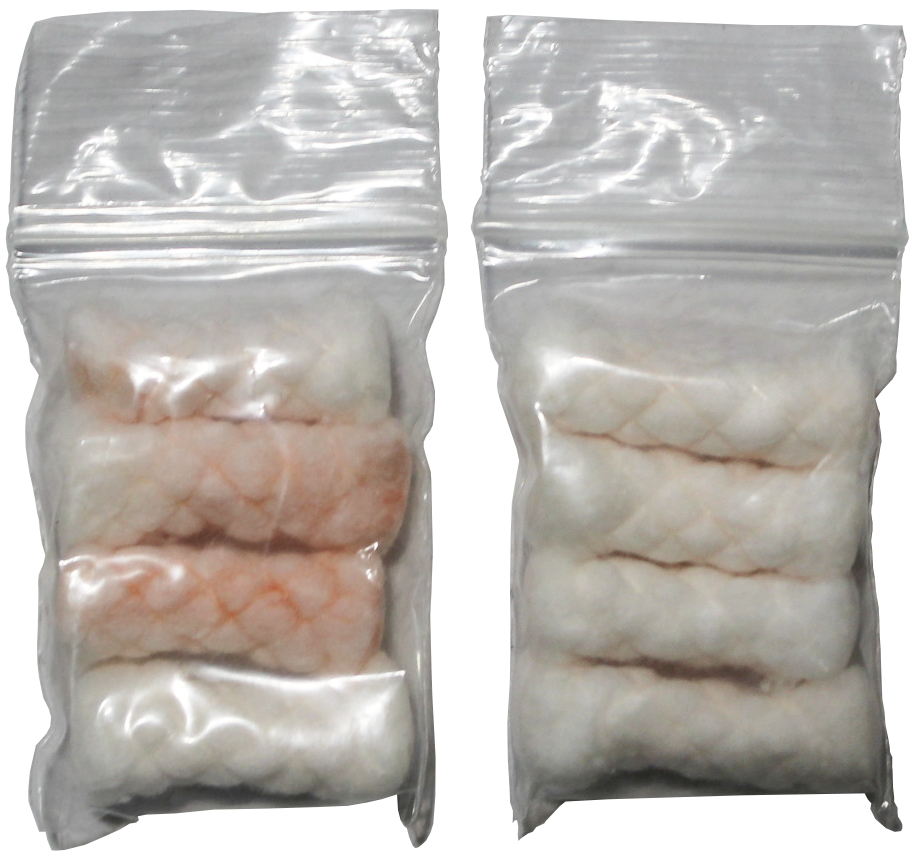 |
| Used to cook meals, these are great at getting stubborn fuels to
burn. Alone they can be used to heat up and nice hot brew. These will generally ignite with a spark after being roughened up with the back of a knife. Examples: |
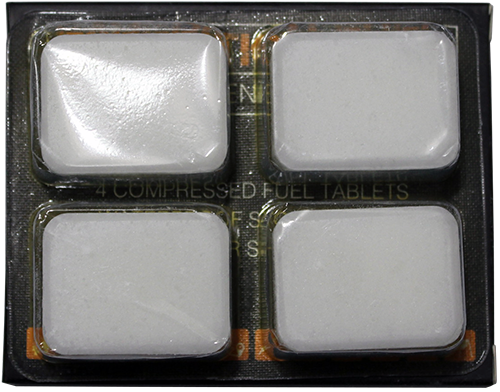 |
| There are many options that combine wax and sawdust or rope to
make a long burning candle of sorts. Scouts can make these at home with a little supervision. These generally need a flame to ignite, but with proper processing, these can be started with a spark. Examples: |
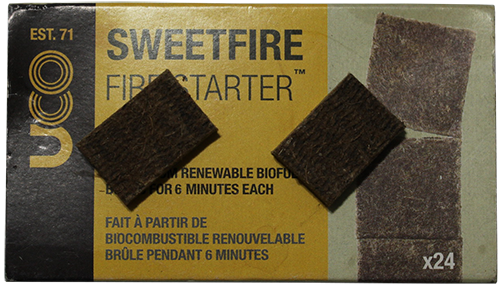 |
| Resinous wood from Pine Trees and some other conifer trees makes
an excellent fire starter. Techniques used for this tinder
requires a bit of knowhow and is taught it in our Wilderness
Survival classes. Processed fatwood can be easily ignited with a spark. Slivers of fatwood make great long burning matches for firestarting. A little stick goes a long ways. If you are savvy, you can harvest this from a rotten Fir stump or a fallen Pine.
|
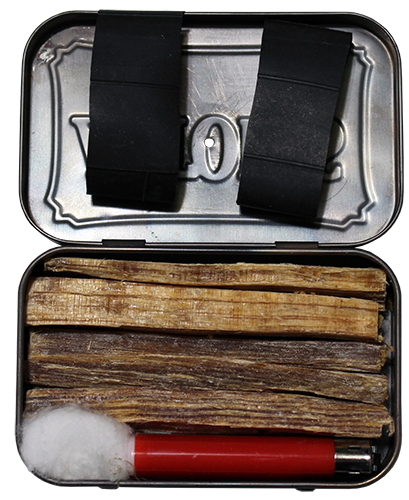 |
| Duct Tape as many uses. It is also very flammable and can be
used as a firestarter. It produces nasty smoke, it is great
option in an emergency situation. With proper processing, these can ignite with a spark. That said, most scouts will need a flame to set this tinder on fire. Duct tape can be wrapped around a water bottle of pencil for easy storage. Wrapping some around your butane lighter creates a nice firestarter/tinder combo. |
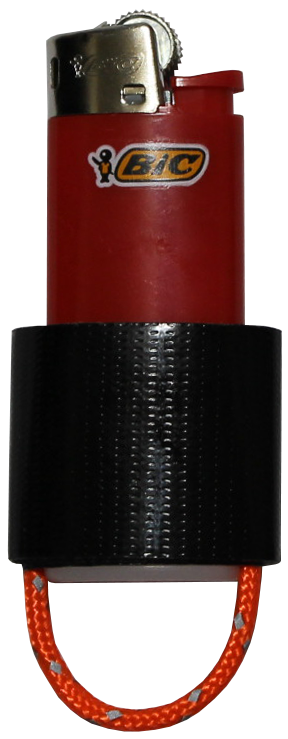 |
| Wide rubber bands made from bicycle inner-tubes have multiple
uses. They can be used to hold gear together and are also very
flammable. Once lit, it produces a nasty flame, but works
great for starting fires if needed in an emergency. A flame is needed to start this tinder option on fire. Examples:
|
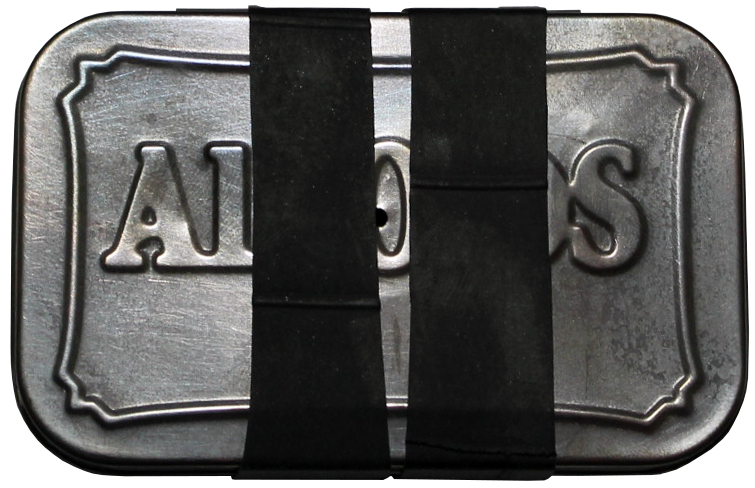
|
Special Shout Out to: Troop 60 - Home of High Adventure